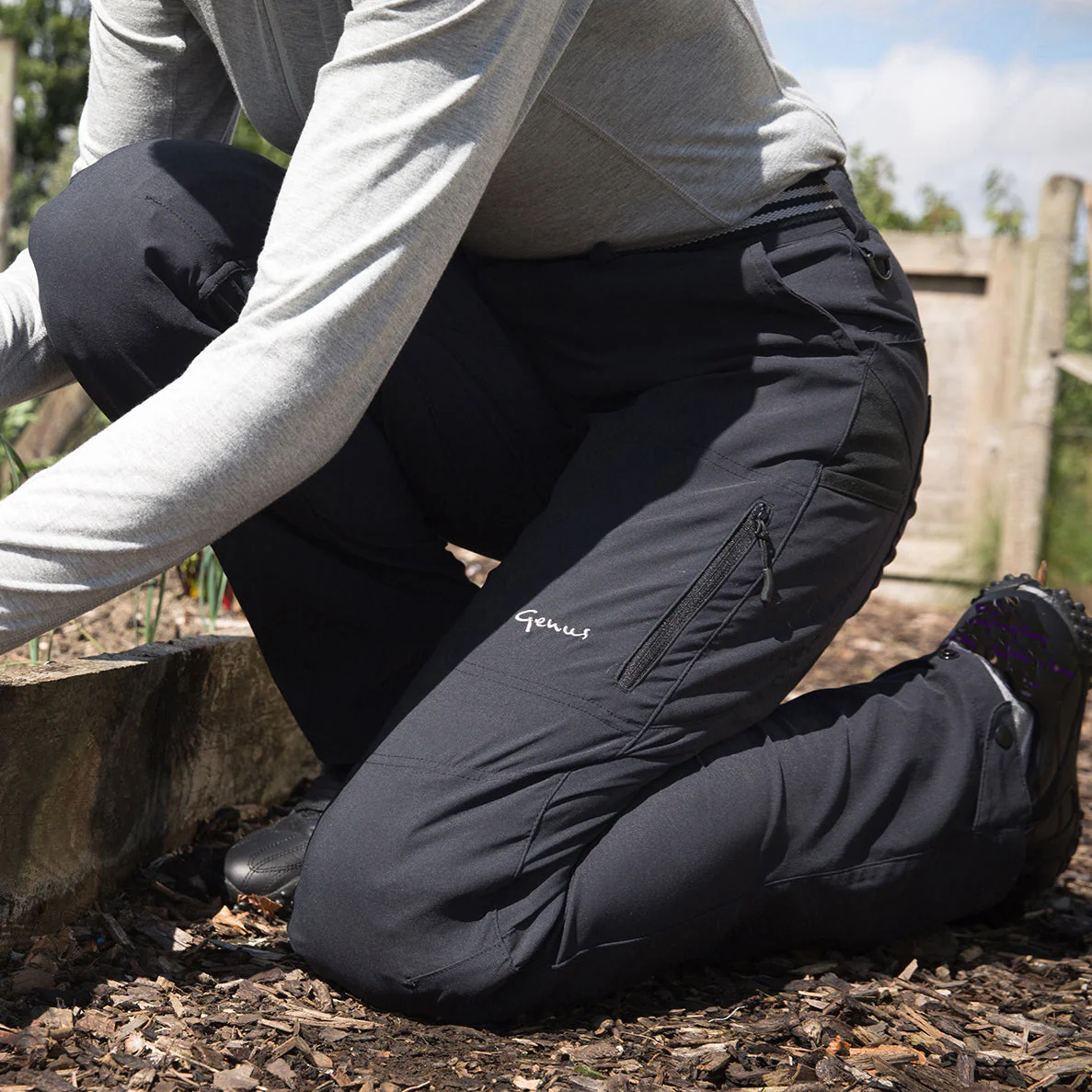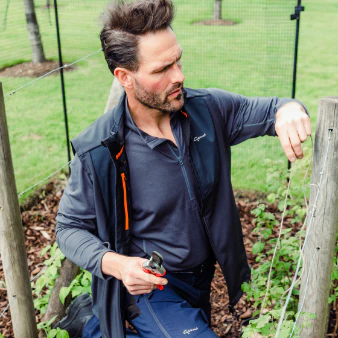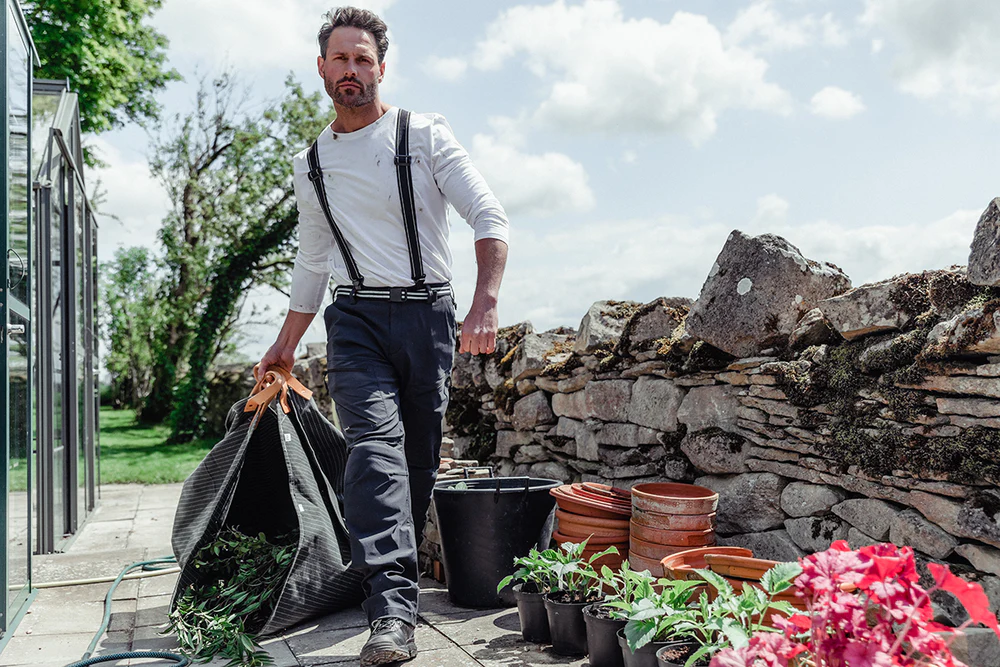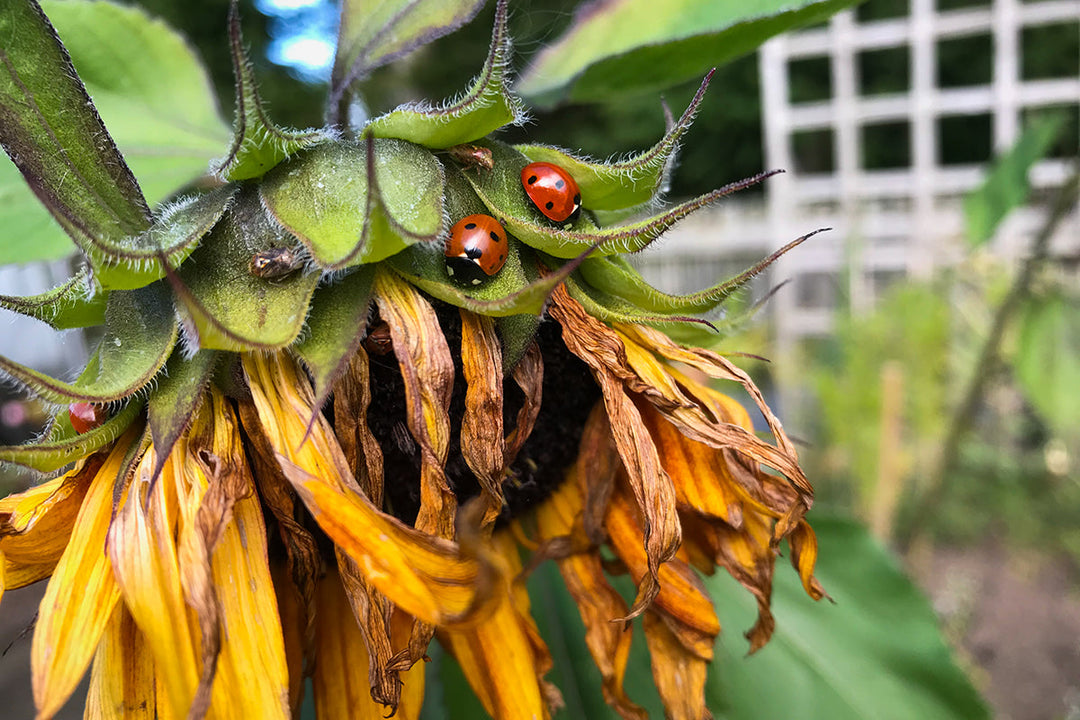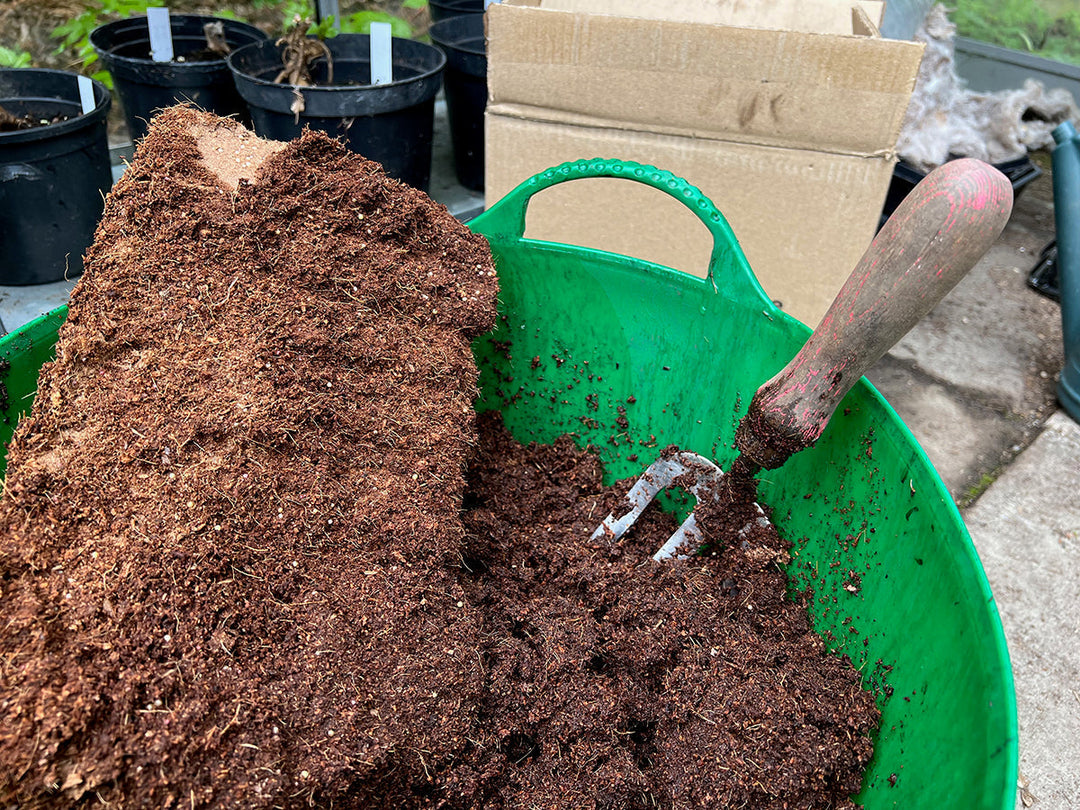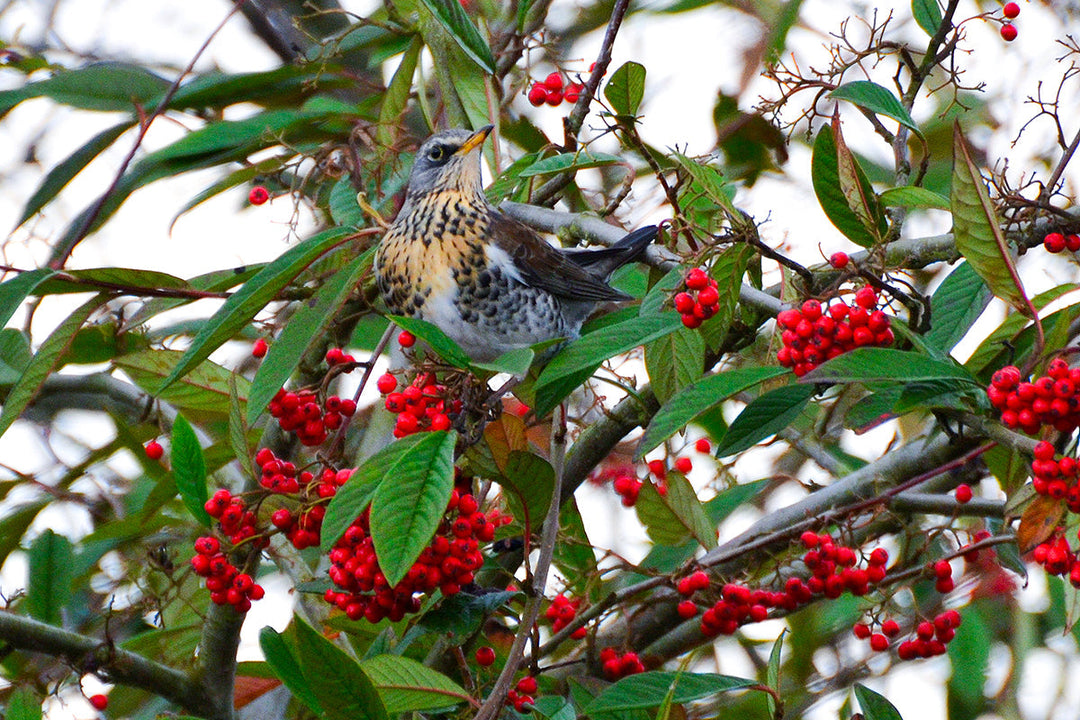Gardeners' notes - what to do in October.
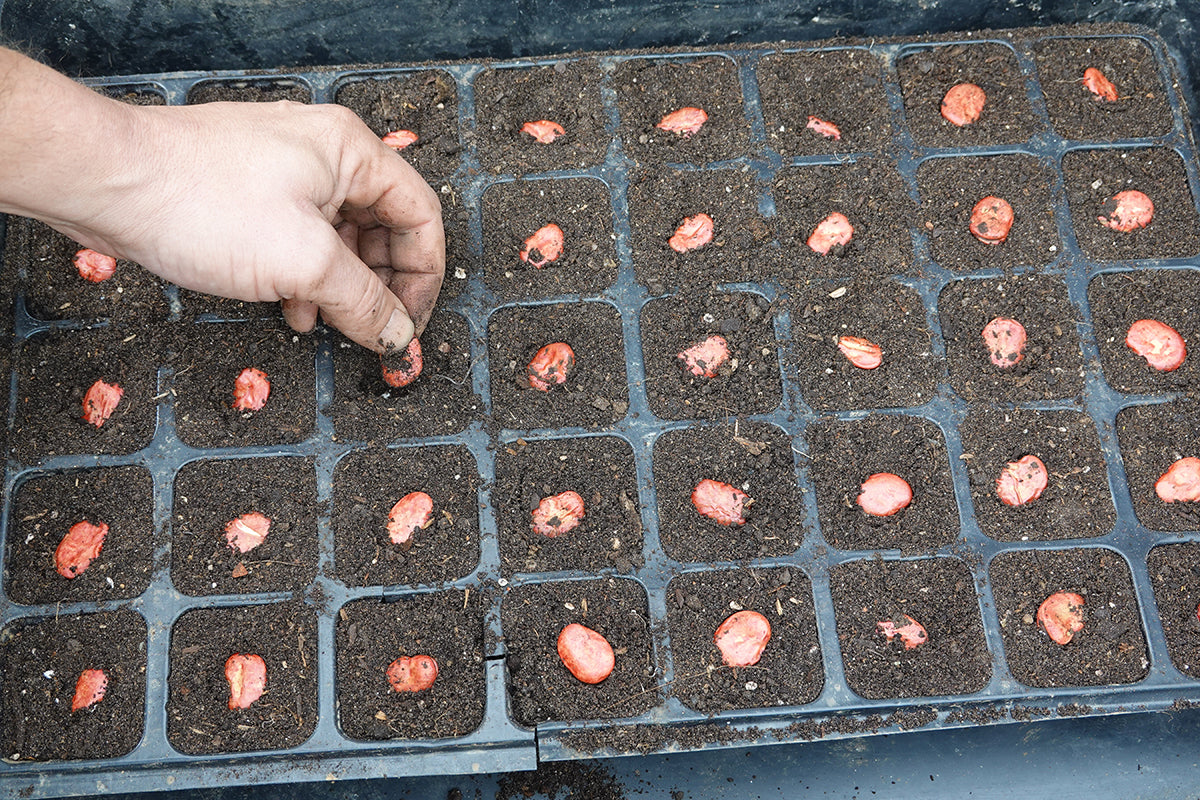
Sow broad beans
Broad beans are not only tasty and easy to grow, but they’re hardy and capable of withstanding colder temperatures. Sow them in autumn for an early crop that will be perfect for early spring salads, stews or soup.
If you’re in a very cold or wet area, or have problems with mice, it’s a good idea to sow the seeds under cover first and then plant out the young plants six weeks later. Otherwise, you can sow straight into a raised bed or large container, pushing the seed into the soil with the scar facing downwards, about 2” deep, and about 7” inches apart. Use a cloche or horticultural fleece to protect the emerging seedlings from the worst of the winter weather.
Broad beans need some support, so use canes and string for the taller varieties; twiggy sticks do the job well for dwarf varieties.
Overwintered broad beans tend to be less susceptible to blackfly, but keep an eye out for these pests - you can pinch the tips of the young plants as soon as flowers appear which can help deter them, and encourages the plant to put its energy into the emerging pods.
For autumn and winter sowings, try the hardy varieties ‘Aquadulce Claudia’ or 'The Sutton’.
Take hardwood cuttings
Anytime from now until Christmas is a good time to take some hardwood cuttings - great for propagating roses and shrubs, such as forsythia, hydrangea, cornus or gooseberries.
Using sharp secateurs, choose a length of stem from the current season’s growth and make two cuts - one that is made just above and one just below a bud or pair of buds. Trimming away any large leaves and side shoots, you’re aiming to have a cutting of about 8” for larger trees and shrubs, or 2-3” for smaller plants. The top cut should be angled, as this helps to keep water from sitting at the top of the stem and is a good way to remember which way is up - it’s easy to get confused when you’re looking at a bare stick!
The cuttings can then be simply inserted into soil - either in a pot or straight into the ground if you have a sheltered spot where these can grow for some time - up to a year or more for some specimens. Hardwood cuttings do take longer to develop into young rooted plants which can then be lifted and transplanted - but they’re well worth the effort and the pennies you’ll be saving.
Store apples
Do you have more apples than you can eat? If you’re getting fed up of apple crumble (if that’s even possible!) then store some that you can enjoy during the coming weeks. The golden rule is to only store perfect, blemish-free apples - any with bruises, cuts or holes will rot and must be eaten straight away.
Sweeter varieties will keep for only a few weeks, while more tart apples can be stored for the whole winter, if they’re kept in the right conditions.
All kinds of apples need cold storage - either in a fridge or a cool but humid room such as a cellar or garage. Wrap them in a sheet of paper and place them in single layers on a tray or crate. Check them regularly and remove any rotten apples, as they can spoil others around them.


